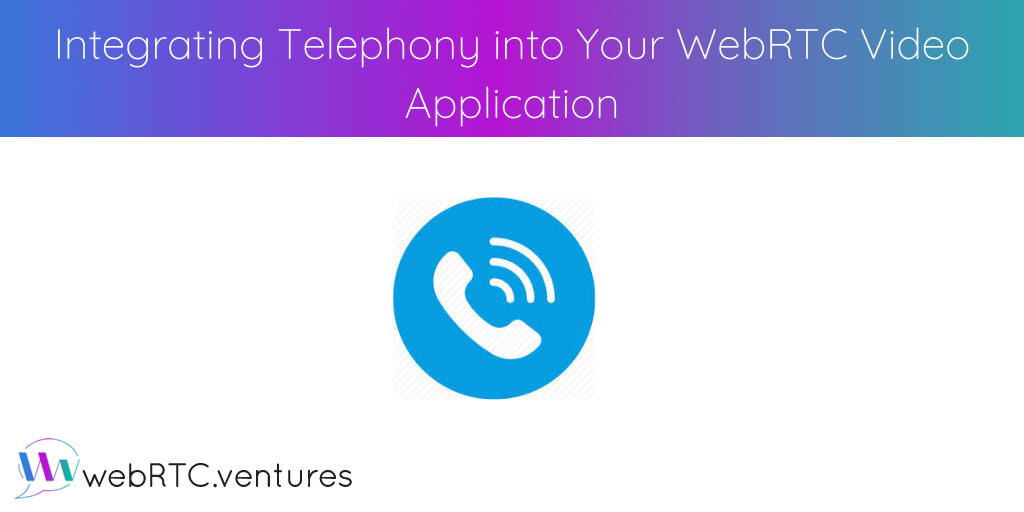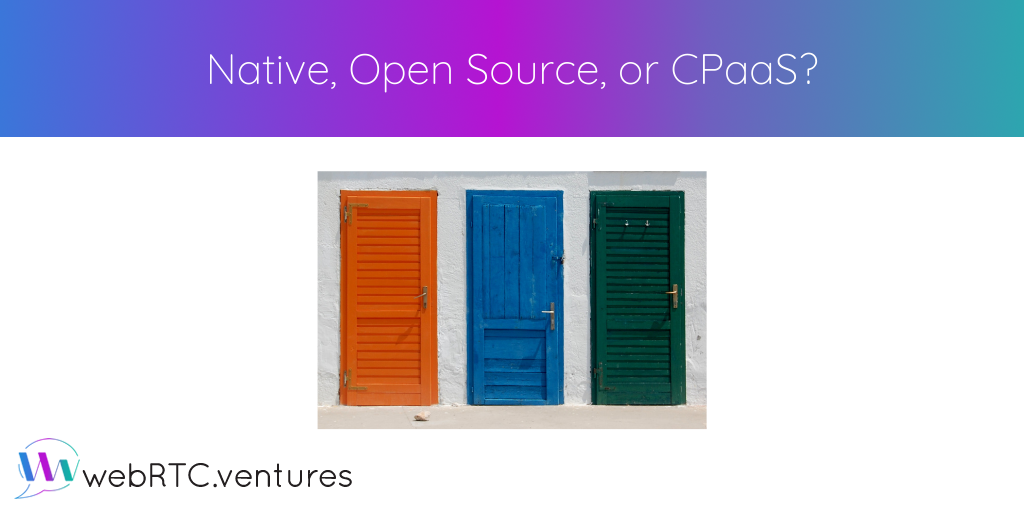
For our 57th episode of WebRTC Live, Arin Sime was joined by Anton Venema, CTO at LiveSwitch Inc for a deep dive into successfully scaling your WebRTC application in today’s technological landscape. They discussed the basics of scalability and media servers, optimizing for client vs. server efficiency, RTP packets and streams, bitrate management, the benefits of using a CPaaS to scale, and more. Watch it here!
Fixing an existing WebRTC application is not as much fun as building a new one, but it’s often necessary. Our team typically employs a combination of four fixes: re-architecting the media server or choosing a new CPaaS, solving compounding bugs, re-architecting the application, and improving the UX and error handling.

There are a variety of ways you can use traditional telephony in your WebRTC video app, as well as different architectures you can choose to support it from commercial to open source. Let’s explore the reasons you might want to integrate a dial-in or dial-out capability into your WebRTC video or audio application and look at a sample architecture.

When choosing your WebRTC application architecture, there are trade-offs between going with a native application against the standard, an open source media server, or using a commercial CPaaS platform. There are, however, some simple rules you can follow to lead you to the right decision for your use case.






